Inspiring growth
An independent primary school that encourages positivity and integrity, enabling all children to flourish.
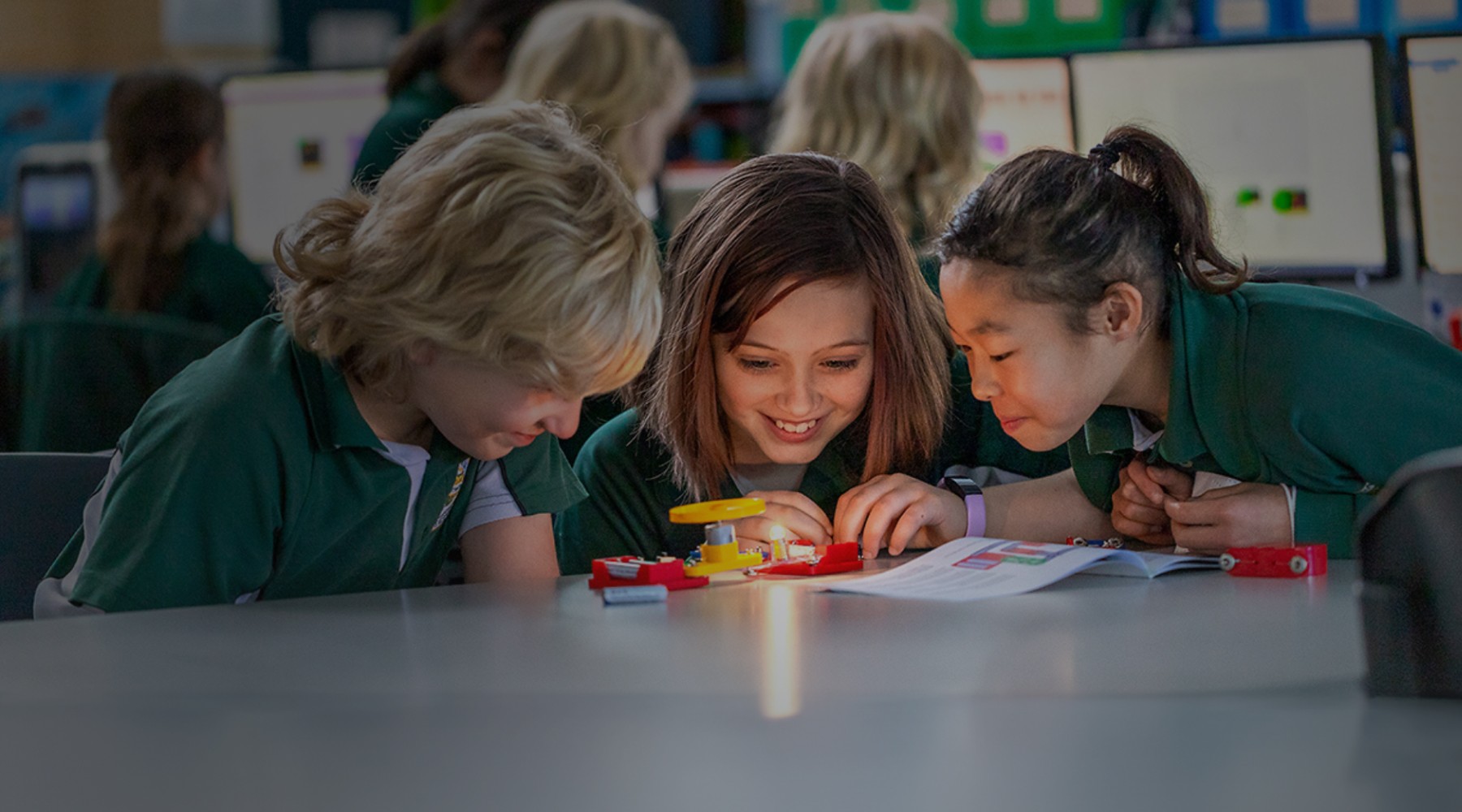
Inspiring growth
An independent primary school that encourages positivity and integrity, enabling all children to flourish.

Inspiring growth
An independent primary school that encourages positivity and integrity, enabling all children to flourish.
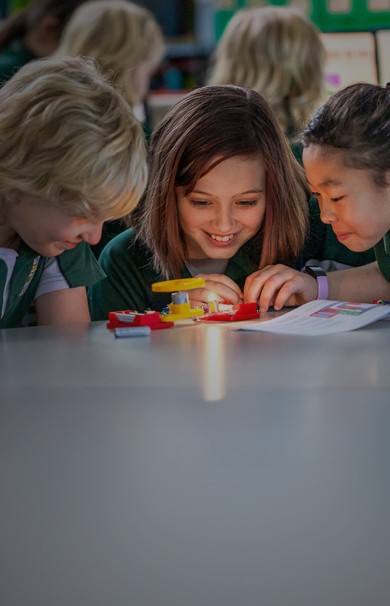
Welcome to Coolbinia Primary School, where we inspire our children to learn, grow, and make a positive impact on the world of today and tomorrow.
Welcome to Coolbinia Primary School, where we inspire our children to learn, grow, and make a positive impact on the world of today and tomorrow.
Welcome to Coolbinia Primary School, where we inspire our children to learn, grow, and make a positive impact on the world of today and tomorrow.
The power of a Coolbinia education.
The power of a Coolbinia education.
The power of a Coolbinia education.
Coolbinia Primary School was established and nurtured through the foresight and courage of trailblazers. Over the decades our leaders and families have remained steadfast in their future-focused commitment to educating children to thrive in this rapidly changing world. This purpose is ingrained in the fabric of our school. Celebrating personal best, making a difference, and facing challenge with determination and vision are in our spirit.
Coolbinia Primary School was established and nurtured through the foresight and courage of trailblazers. Over the decades our leaders and families have remained steadfast in their future-focused commitment to educating children to thrive in this rapidly changing world. This purpose is ingrained in the fabric of our school. Celebrating personal best, making a difference, and facing challenge with determination and vision are in our spirit.
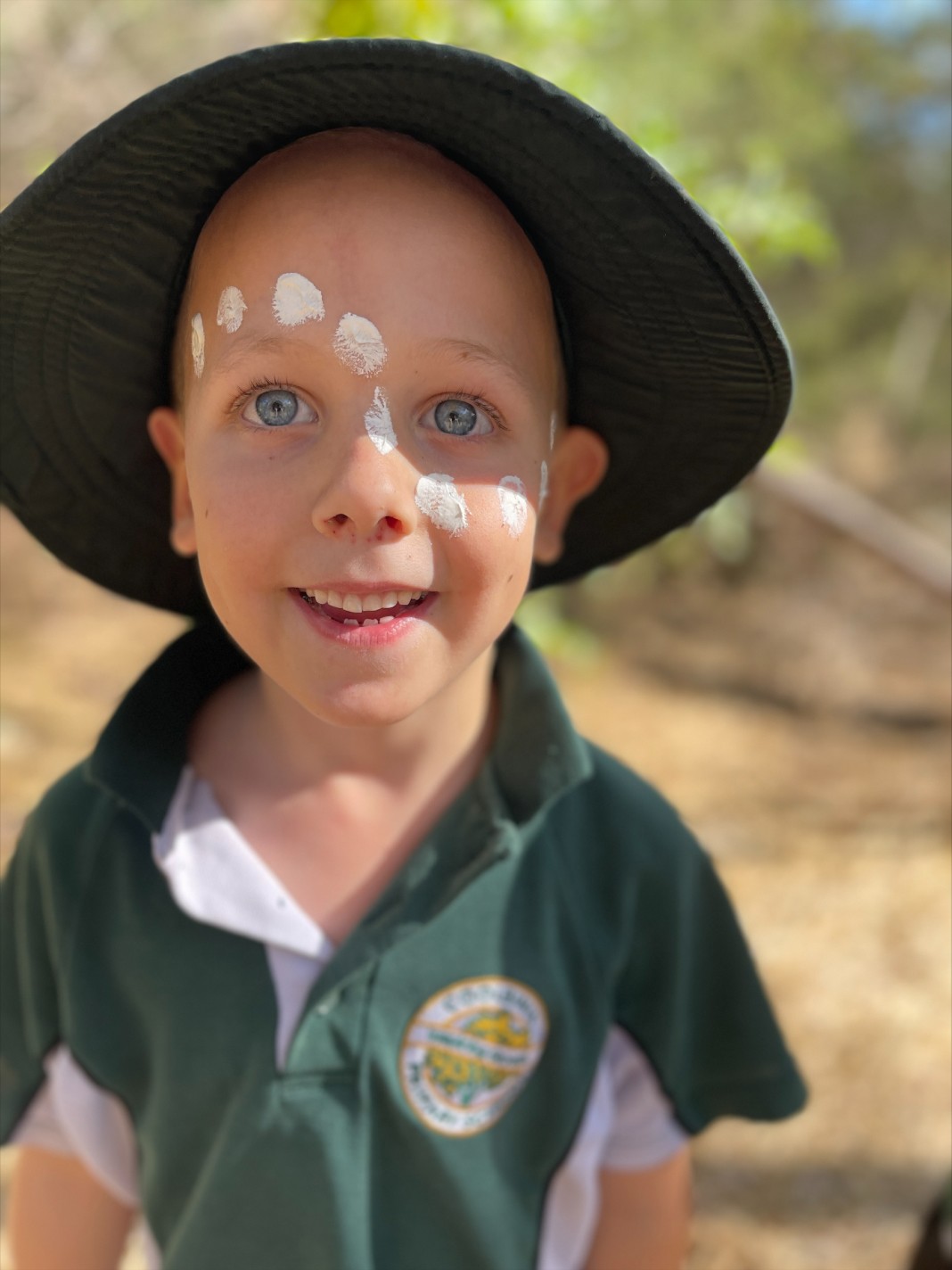




Simon Reid, Coolbinia Primary School Principal
“As the Principal with over 30 years’ experience, I can assure you that you will not find a school more vibrant, dynamic with a learning environment focused on all facets of student learning and engagement.”
“As the Principal with over 30 years’ experience, I can assure you that you will not find a school more vibrant, dynamic with a learning environment focused on all facets of student learning and engagement.”
“As the Principal with over 30 years’ experience, I can assure you that you will not find a school more vibrant, dynamic with a learning environment focused on all facets of student learning and engagement.”
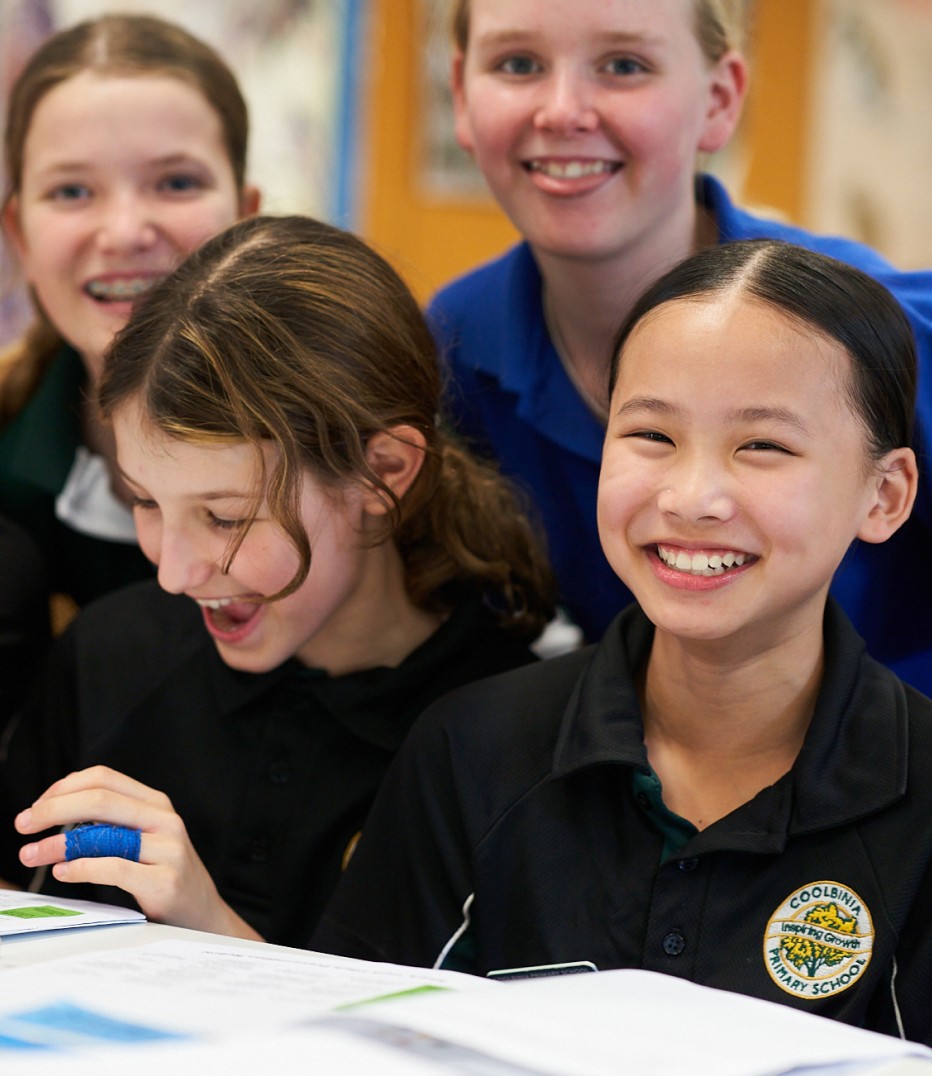


A home for learning.
A home for learning.
A home for learning.
In our classrooms you will find rich and engaging programs underpinned by contemporary learning approaches and evidence-based research in students’ education. There is an emphasis on establishing solid foundations in literacy and numeracy and other core curriculum areas while tailoring programs to cater to the individual needs of each student.
In our classrooms you will find rich and engaging programs underpinned by contemporary learning approaches and evidence-based research in students’ education. There is an emphasis on establishing solid foundations in literacy and numeracy and other core curriculum areas while tailoring programs to cater to the individual needs of each student.
A school built upon strong values
A school built upon strong values
A school built upon strong values
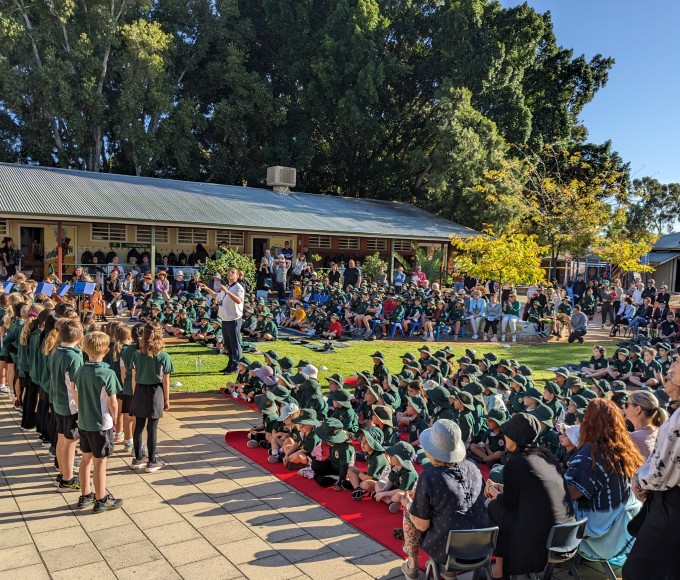
Respect
We respect ourselves, others, diversity, and the environment. We cultivate an inclusive culture where every individual is valued, differences are celebrated, and care for the world around us is a priority.
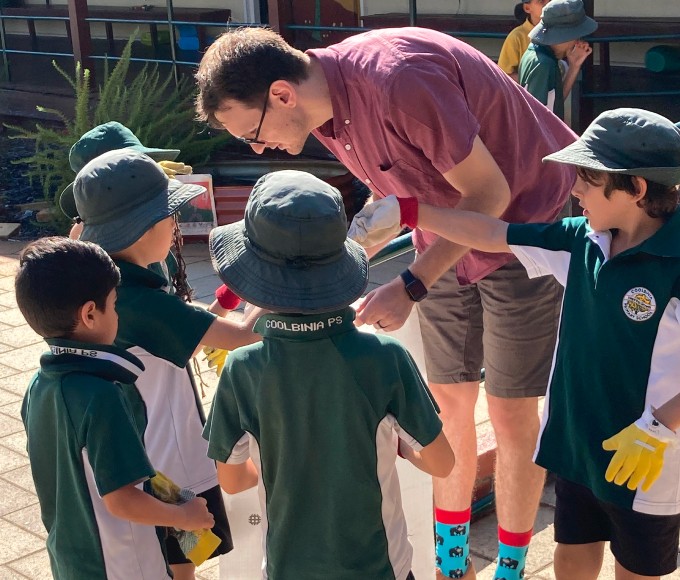
Responsibility
We look out for each other, take care of our belongings, school property, and the environment. Through everyday actions, we learn to take ownership of our choices.
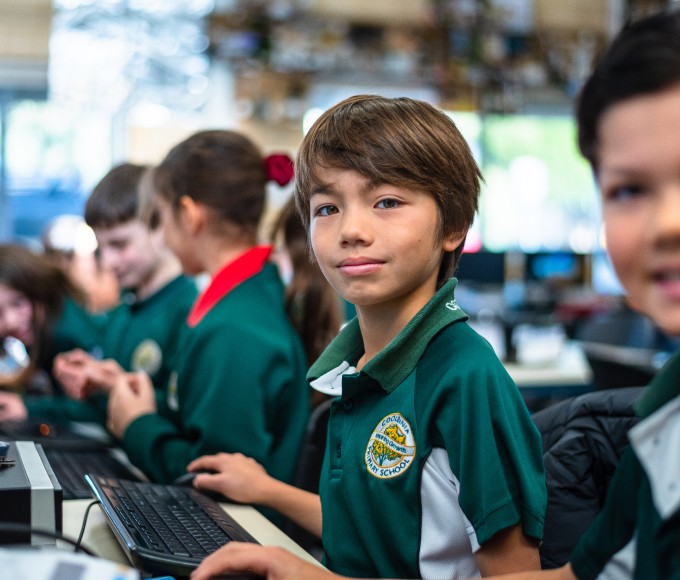
Character
Fostering integrity, resilience, persistence, and trustworthiness in every student. We make honest choices, overcome challenges, and become dependable members of our community.

Strive
We aim for our personal best, work together as a team, and pursue growth and improvement. We celebrate achievements and foster a culture where effort and progress are always valued.

Respect
We respect ourselves, others, diversity, and the environment. We cultivate an inclusive culture where every individual is valued, differences are celebrated, and care for the world around us is a priority.

Responsibility
We look out for each other, take care of our belongings, school property, and the environment. Through everyday actions, we learn to take ownership of our choices.

Character
Fostering integrity, resilience, persistence, and trustworthiness in every student. We make honest choices, overcome challenges, and become dependable members of our community.

Strive
We aim for our personal best, work together as a team, and pursue growth and improvement. We celebrate achievements and foster a culture where effort and progress are always valued.

Respect
We respect ourselves, others, diversity, and the environment. We cultivate an inclusive culture where every individual is valued, differences are celebrated, and care for the world around us is a priority.

Responsibility
We look out for each other, take care of our belongings, school property, and the environment. Through everyday actions, we learn to take ownership of our choices.

Character
Fostering integrity, resilience, persistence, and trustworthiness in every student. We make honest choices, overcome challenges, and become dependable members of our community.

Strive
We aim for our personal best, work together as a team, and pursue growth and improvement. We celebrate achievements and foster a culture where effort and progress are always valued.
Resilient, independent, confident and compassionate, children at Coolbinia love learning and believe that with education, they are capable of anything.

Resilient, independent, confident and compassionate, children at Coolbinia love learning and believe that with education, they are capable of anything.

Resilient, independent, confident and compassionate, children at Coolbinia love learning and believe that with education, they are capable of anything.

Resilient, independent, confident and compassionate, children at Coolbinia love learning and believe that with education, they are capable of anything.
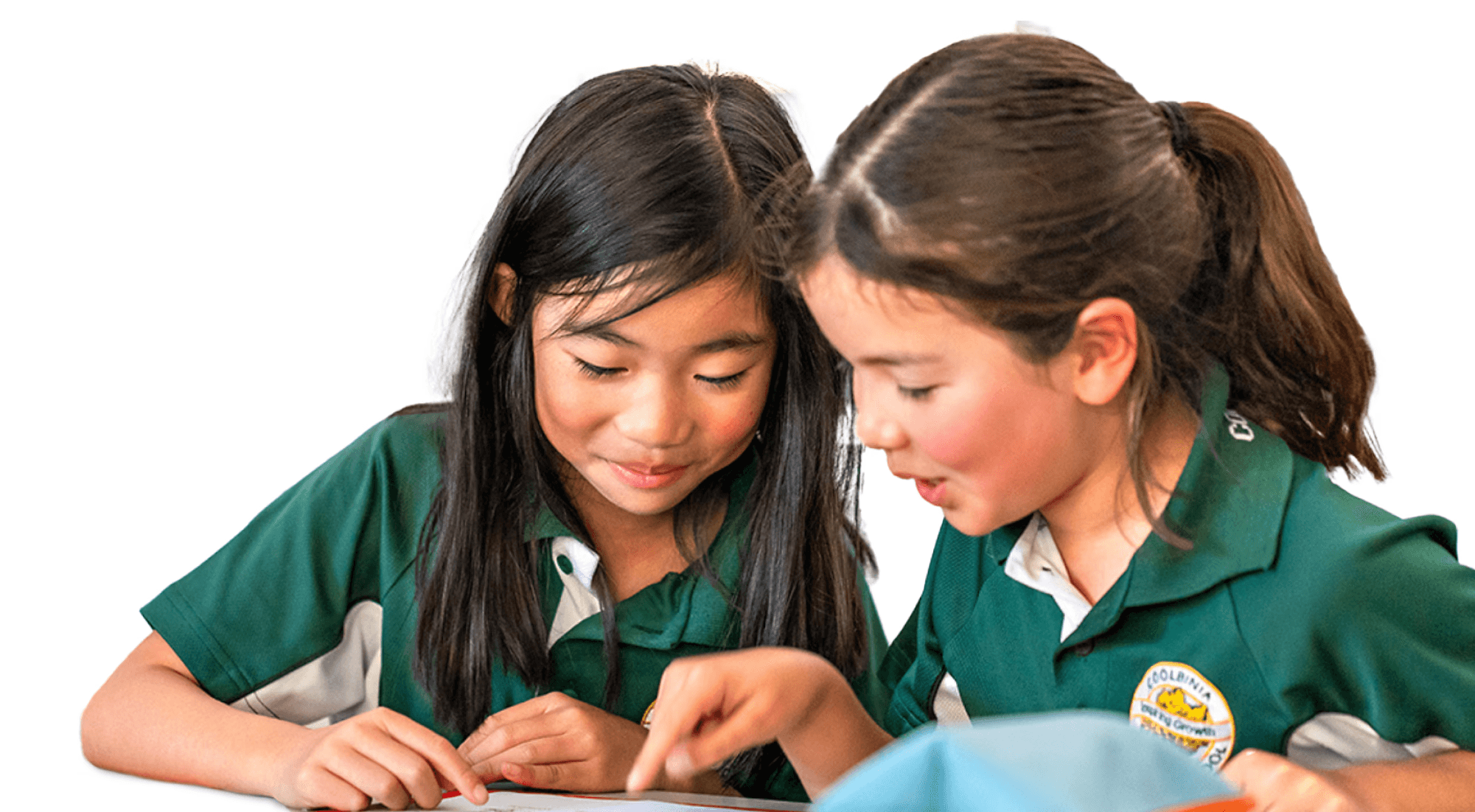
Our School
Teaching & Learning
For Parents

We acknowledge the traditional custodians of the land on which Coolbinia Primary School is located, the Wadjak people, part of the Noongar nation.
We also acknowledge the contributions of Aboriginal and Non-Aboriginal Australians to the education of all children and people in this country we all live in and share together – Australia. It is a privilege to be living on this land.
Bradford Street
Coolbinia
WA 6050
Phone: (08) 9427 8450

We acknowledge the traditional custodians of the land on which Coolbinia Primary School is located, the Wadjak people, part of the Noongar nation.
We also acknowledge the contributions of Aboriginal and Non-Aboriginal Australians to the education of all children and people in this country we all live in and share together – Australia. It is a privilege to be living on this land.
Our School
Teaching & Learning
For Parents

We acknowledge the traditional custodians of the land on which Coolbinia Primary School is located, the Wadjak people, part of the Noongar nation.
We also acknowledge the contributions of Aboriginal and Non-Aboriginal Australians to the education of all children and people in this country we all live in and share together – Australia. It is a privilege to be living on this land.
Bradford Street
Coolbinia
WA 6050
Phone: (08) 9427 8450

We acknowledge the traditional custodians of the land on which Coolbinia Primary School is located, the Wadjak people, part of the Noongar nation.
We also acknowledge the contributions of Aboriginal and Non-Aboriginal Australians to the education of all children and people in this country we all live in and share together – Australia. It is a privilege to be living on this land.
Our School
Guidelines & Policies
Reports & Publications
School Board
Vision & Values
Our Staff
Principal's Welcome
Teaching & Learning
Extra Curricular Activities
Be You Program
Positive Behaviour Support
Our Curriculum
For Parents
Out of School Care
Canteen
Student Absence
Calendar
Uniform Shop
Enrolments
Community Notices
School Bulletins
P&C
My School Connect
Meetings
Join the P&C
P&C Calendar
Events
Fundraising
Our School
Guidelines & Policies
Reports & Publications
School Board
Vision & Values
Our Staff
Principal's Welcome
Teaching & Learning
Extra Curricular Activities
Be You Program
Positive Behaviour Support
Our Curriculum
For Parents
Out of School Care
Canteen
Student Absence
Calendar
Uniform Shop
Enrolments
Community Notices
School Bulletins
P&C
My School Connect
Meetings
Join the P&C
P&C Calendar
Events
Fundraising